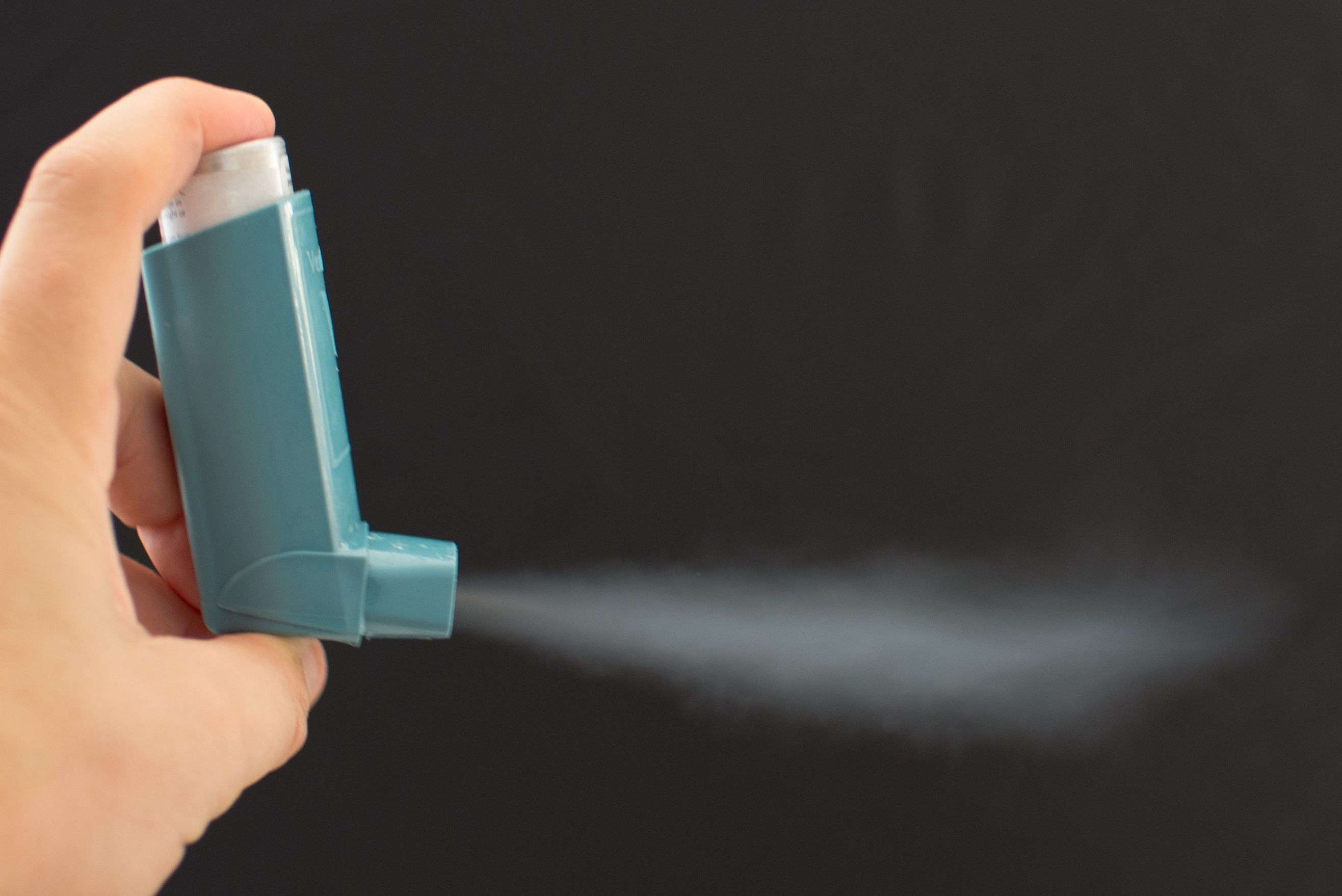News
Article
Study Links Immune Checkpoint Inhibitors to Asthma, Chronic Obstructive Pulmonary Disease
Author(s):
A patient with lung adenocarcinoma who was treated with an immune checkpoint inhibitor developed symptoms related to asthma and breathing obstruction.
Long-term use of immune checkpoint inhibitors (ICI) can induce immune-related adverse events (irAEs) including asthma and chronic obstructive pulmonary disease (COPD) overlap (ACO), according to a case report published in Respirology Case Reports. ICIs are standard of care for advanced-stage lung cancer, but on rare occasions can promote eosinophilia and asthma.
Image credit: Richard | stock.adobe.com

“Eosinophilia and asthma as irAEs occur in a relatively short period of time, between 2 and 12 months after ICIs administration,” the study authors wrote in the case report. “It is important to monitor the eosinophil count and airway wall thickening in patients with lung cancer undergoing ICI therapy.”
The review discussed the patient’s symptoms, possible pathways that nivolumab targets to promote asthma and eosinophilic inflammation (which may contribute to COPD), and how the patient was treated for medication-induced asthma.
The patient was 67 years of age with stage 4B lung adenocarcinoma and no family history of asthma. The patient was treated with first-line therapy of chemotherapy and ICIs, including carboplatin, pemetrexed, ipilimumab, and nivolumab. When the tumor shrank, the patient received ipilimumab and nivolumab (Opdivo; Bristol Myers Squibb) as maintenance therapy.
Nivolumab is an anti-programmed death protein 1 (anti-PD-1) antibody that prevents PD-1, a T cell surface receptor, from binding to programmed cell death-ligand-1 (PD-L1) and PD-L2, which are expressed by dendrites on tumor cells. Previous reports link irAEs, such as eosinophilia and asthma, to the use of these anti-PD-1 antibodies. Research suggests that blocking PD-1 can also increase the production of immunoglobulin E (IgE).
Further, blocking PD-1 is linked to increased sensitivity of the airways. Traditionally, PD-1 binds to PD-L2, and this binding has never been associated with causing airway sensitivity. However, when nivolumab—while proving to be effective against the cancer—blocks the binding between PD-1 and PD-L2, it can lead to instances of a hypersensitive airway, as was observed in this patient.
Initially, the patient observed symptoms of wheeze (wheezy dyspnoea) and wet cough approximately 1 year after starting ICI. Chest computed tomography showed that his bronchial walls were thickening, and upon further evaluation, he had confirmed eosinophilia, which is defined as having a high number of eosinophils in the blood and can be associated with allergens. He was later diagnosed with asthma and COPD overlap.
The patient was treated with 3 days of 8 mg betamethasone corticosteroids and regulator inhalations of fluticasone furoate/umeclidinium bromide/vilanterol trifenatate, which ameliorated symptoms of ACO.
“If a patient with lung cancer undergoing ICI treatment develops eosinophilia or bronchial wall thickening, visible on high-resolution computed tomography, the onset or exacerbation of ICI-induced asthma needs to be considered,” the study authors concluded.
Reference
Hayakawa, Y, Kawaguchi, T, Yamasaki, K, Endo, M, Komatsu, M, Ishiguro, Y, et al. Immune checkpoint inhibitor-induced asthma and chronic obstructive pulmonary disease overlap in patient with adenocarcinoma. Respirology Case Reports. 2023; 11:e01222. DOI:/10.1002/rcr2.1222
Newsletter
Stay informed on drug updates, treatment guidelines, and pharmacy practice trends—subscribe to Pharmacy Times for weekly clinical insights.






